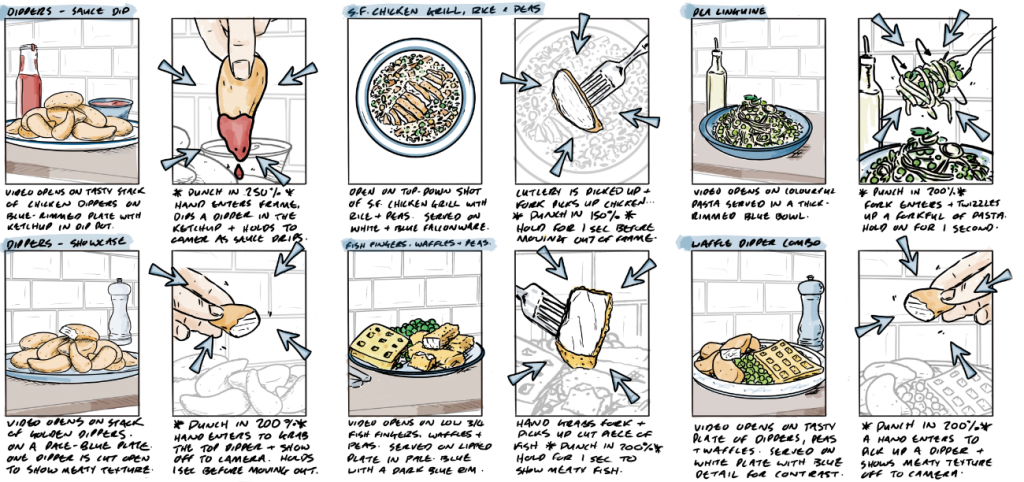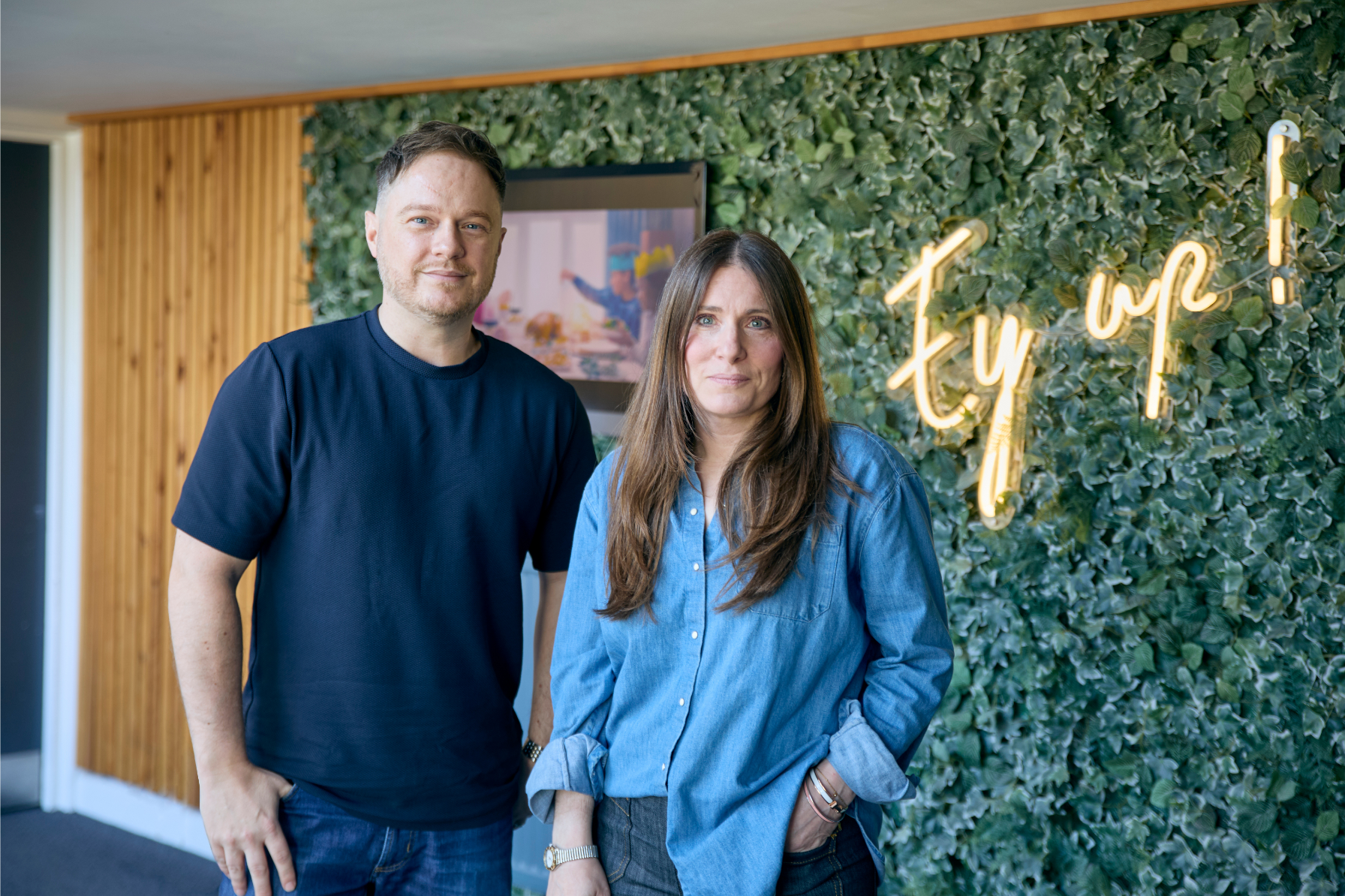6 tips for brands to create greener content
The role of brands extends far beyond just providing products and services. Consumers are increasingly looking for companies that align with their values, particularly when it comes to sustainability. At Powerhouse, we believe in driving positive change, and we’re embarking on a huge journey to help our industry transform the way we handle content creation at its very core.
We’re ripping up traditions, rules books, and rebuilding frameworks from the ground up.
Join with us as we explore the most technologically advanced, inspiring, and creative solutions we can discover to reduce carbon emissions across our industry without effecting the great content we deliver.
About this post
Published
Author
October 2, 2023
Here are six practical steps you can start implementing today:
1. Prioritise digital documentation & collaboration
(Don’t we all do this?) Embrace the digital age by shifting away from traditional printed materials and opting for digital documentation. Cloud-based platforms offer an array of benefits, including collaborative content creation, real-time editing, and efficient review processes. By reducing the reliance on physical paper, you minimise waste and cut down on the need for physical storage, leading to a more sustainable content workflow.
The modern workplace is increasingly digital, and this extends to content creation. Embrace digital collaboration tools that facilitate remote teamwork. Video calls and collaboration platforms not only enhance productivity but also reduce the need for physical meetings and travel.

2. Optimise content planning
Efficient content planning and preparation is the key to a sustainable content production stream. We’re not suggesting that brands and marketeers need to reduce effective content distribution, or schedule everything – but planning for everything (including agility built in) is a huge step to capturing and creating effective and sustainable visual content.
Rushed content creation can lead to resource wastage and increased energy consumption. By establishing a well-structured plan, you can avoid last-minute rushes, reduce unnecessary revisions, and conserve valuable resources such as time and energy.
Additionally, at the genesis of every successful content creation project lies a crucial consideration, which we loooove here at Powerhouse: asset reuse. By embedding this concept into your content planning process right from the start, you set the stage for sustainable practices and innovative outcomes.
3. Craft evergreen content
Following the previous point, investing in evergreen content can significantly reduce your content’s environmental impact. By focusing on topics and themes that remain relevant and valuable over time, you minimise the need for frequent updates and rewrites. This not only saves resources but also ensures that your content continues to deliver value long after its creation.
4. Streamline approval processes
A streamlined approval workflow is a sustainability game-changer. Excessive back-and-forth revisions not only consume time and energy but also contribute to unnecessary drafts. By implementing efficient approval processes, you can minimise these energy-intensive review cycles, resulting in a more sustainable content creation process!
5. Mindful multi-platform deployment
Thoughtfully expand your content’s presence across platforms, including digital, out-of-home (OOH), and point of sale (POS), with a local-first and personalised approach that reduces environmental impact. Opt for energy-efficient hosting, printing, and delivery methods. Consider using locally sourced materials for physical displays, reducing transportation emissions. Personalise content to enhance relevance, encouraging deeper connections with your audience and minimising unnecessary content duplication.
Discover some interesting revelations in Campaign’s recent report, “Should sustainability influence media choice?”.
6. Infuse your communication with green values
Sustainability isn’t just about actions; it’s also about communication. Weave eco-friendliness into the fabric of your work, use mindful language and highlight the environmental benefits of your offerings.
In your content, inspire your audience to adopt sustainable practices. Provide tips for greener living, deliver reliable information to help people make better choices in the context of their lives, and unearth essential data so that people can gauge and compare the impact of different offerings. For retailers, this might mean introducing features that highlight brands carrying Energy Star-certified products, allowing shoppers to filter for energy-efficient options with a single click.





